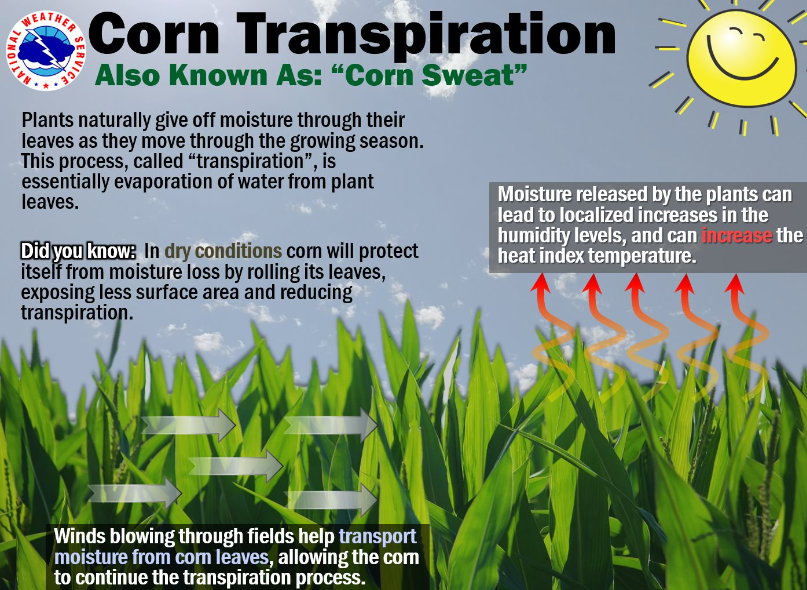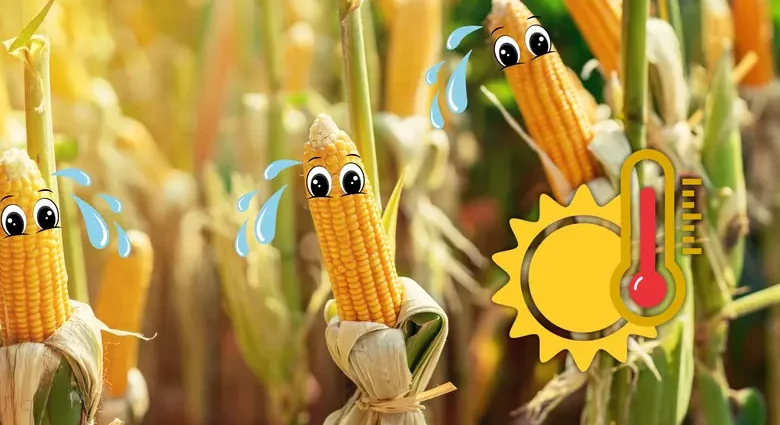The U.S. Midwest is currently grappling with another scorching heatwave. However, what might be surprising is the role that agriculture, specifically corn, plays in intensifying these extreme temperatures.

Corn, like other plants, undergoes a process called evapotranspiration. This involves absorbing water from the soil, using what it needs for growth, and releasing the excess into the atmosphere through evaporation. As temperatures rise, corn requires more water, leading to increased evaporation.
According to meteorological experts, a single acre of corn can release up to 3,000 gallons of moisture daily. In states like Iowa, with vast corn fields, this collective evaporation can significantly boost humidity during hot weather.

The interplay between climate change and agriculture creates a feedback loop. Warmer temperatures result in more precipitation, providing corn with ample water for evapotranspiration. This, in turn, adds more moisture to the air, further exacerbating the heatwave.
The increased humidity caused by corn sweat not only makes heatwaves more uncomfortable but also poses health risks. Unlike dry conditions, where perspiration helps cool the body, high humidity hinders evaporation, making individuals feel more miserable and potentially vulnerable to heat-related illnesses.
Reference- National Geographic, New Scientist, MIT News, EPA website, AccuWeather Agriculture Expert Inputs






